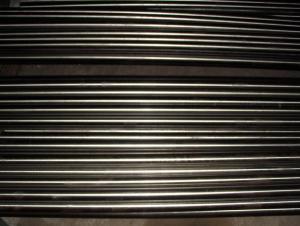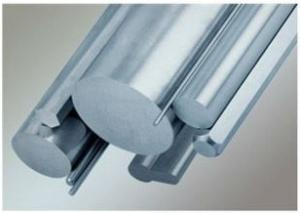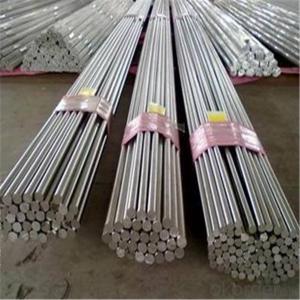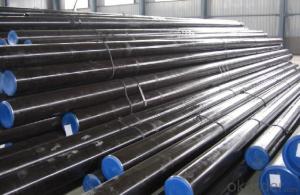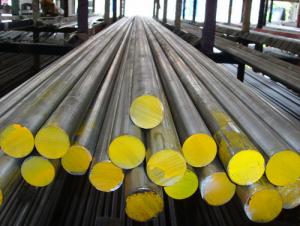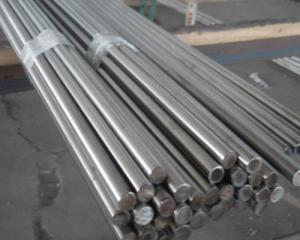Black Stainless Steel Range
Black Stainless Steel Range Related Searches
Best Paint For Stainless Steel Blanket Insulation For Steel Buildings Primer For Galvanized Steel Foam Filter For Stainless Steel H S Code For Stainless Steel Surface Grinding Wheels For Stainless Steel Surface Grinding Wheels For Hardened Steel Hole Saw For Stainless Steel Paint For Stainless Steel Stainless Steel For BbqHot Searches
Steel Mesh Panels For Sale Price For Stainless Steel Scrap Scrap Price For Stainless Steel Price For Stainless Steel Stainless Steel Tank For Sale Stainless Steel Sheets For Sale Cheap High Tea Sets For Sale Stainless Steel Tanks For Sale Stainless Steel For Sale High Density Fiberboard For Sale Solar Hot Water Collectors For Sale Scaffolding For Sale In Uae Scaffolding For Sale In Ireland Scaffolding For Sale In Houston Type Of Inverter For Solar Price Of Shipping Containers For Sale Types Of Inverter For Solar Stock Price For Aluminum Used Solar Inverter For Sale Steel Mesh Panels For SaleBlack Stainless Steel Range Supplier & Manufacturer from China
Okorder.com is a professional Black Stainless Steel Range supplier & manufacturer, offers integrated one-stop services including real-time quoting and online cargo tracking. We are funded by CNBM Group, a Fortune 500 enterprise and the largest Black Stainless Steel Range firm in China.Hot Products
FAQ
- Yes, stainless steel bars are suitable for jewelry making. Stainless steel is a durable and versatile material that is resistant to corrosion and tarnish. It is an ideal choice for making jewelry that requires strength and longevity, such as bracelets, necklaces, and rings. Stainless steel bars can be easily shaped, cut, and polished to create unique and intricate designs. Additionally, stainless steel has a sleek and modern appearance, making it a popular choice for contemporary and minimalist jewelry styles. Its affordable price compared to precious metals like gold or silver also makes it an attractive option for both jewelry makers and customers. Overall, stainless steel bars offer a great combination of durability, versatility, and aesthetic appeal, making them suitable for jewelry making.
- Yes, stainless steel bars are suitable for the production of springs. Stainless steel is a versatile and durable material that offers excellent corrosion resistance, high strength, and good elasticity. These properties make it an ideal choice for springs, which require flexibility and the ability to withstand repeated stress and deformation. Stainless steel bars can be easily formed and shaped into various types of springs, including compression springs, extension springs, and torsion springs. Additionally, stainless steel springs are commonly used in various industries such as automotive, aerospace, medical, and industrial applications due to their reliability, longevity, and resistance to environmental factors.
- Yes, stainless steel bars are highly suitable for surgical instruments. Stainless steel offers excellent corrosion resistance, durability, and ease of sterilization, making it an ideal material choice for surgical tools that require a high level of precision and hygiene.
- The main differences between 304 and 316 stainless steel bars lie in their composition and corrosion resistance. 304 stainless steel contains a higher percentage of chromium and nickel, making it less resistant to corrosion compared to 316 stainless steel. On the other hand, 316 stainless steel contains molybdenum, which enhances its corrosion resistance, especially in environments with chloride ions such as coastal areas or marine applications. Additionally, 316 stainless steel is generally more durable and has higher tensile strength than 304 stainless steel.
- Stainless steel bars are typically measured in terms of their dimensions and weight. The most common dimensions used to measure stainless steel bars are diameter and length. The diameter of a stainless steel bar is usually measured across the widest point, and it can range from very small sizes, such as 1/8 inch, to larger sizes, such as 12 inches or more. The length of a stainless steel bar is measured from end to end and can vary depending on the specific requirements of the project or application. In addition to the dimensions, stainless steel bars are also measured in terms of their weight. The weight of a stainless steel bar is usually specified in pounds per foot or kilograms per meter. This measurement is important for determining the quantity of stainless steel bars needed for a particular project and for calculating the overall weight of the material. To ensure accuracy and consistency in measuring stainless steel bars, industry standards and specifications are followed. These standards outline the specific methods and equipment to be used for measuring stainless steel bars, as well as the acceptable tolerances for dimensions and weight. Overall, stainless steel bars are measured using a combination of dimensions (diameter and length) and weight, following industry standards and specifications to ensure accuracy and consistency.
- Yes, stainless steel bars can be bent or formed, although the process may be more challenging compared to other materials. Stainless steel has a higher strength and hardness compared to other metals, which makes it more resistant to deformation. However, with the use of specialized machinery and techniques such as cold bending or hydraulic bending, stainless steel bars can be bent or formed into various shapes and angles. It is important to note that the specific type and grade of stainless steel, as well as its thickness, will influence the ease and limitations of the bending process. Additionally, excessive bending or forming may cause the stainless steel to lose some of its corrosion resistance properties, so it is crucial to follow proper procedures and consult with experts when working with stainless steel bars.
- The composition of stainless steel bars determines whether they are magnetic or non-magnetic. In general, stainless steel is not magnetic. Nevertheless, some stainless steel types, like the 400 series, can be magnetic because of the presence of ferrite in their microstructure. Conversely, austenitic stainless steel, which is the most prevalent type, is non-magnetic due to its face-centered cubic structure that does not permit magnetic field alignment. Therefore, if you are searching for magnetic stainless steel bars, it is crucial to verify the grade or type being utilized.
- Yes, stainless steel bars are generally resistant to sulfuric acid corrosion. Stainless steel contains chromium, which forms a passive oxide layer on the surface when exposed to oxygen. This oxide layer acts as a protective barrier, preventing sulfuric acid from coming into direct contact with the steel and causing corrosion. However, the resistance of stainless steel to sulfuric acid corrosion can vary depending on the grade of stainless steel and the concentration and temperature of the sulfuric acid. In highly concentrated and elevated temperature conditions, certain grades of stainless steel may experience corrosion. Therefore, it is important to consider the specific application and consult with a materials engineer or corrosion specialist to select the appropriate grade of stainless steel for resistance to sulfuric acid corrosion.


































